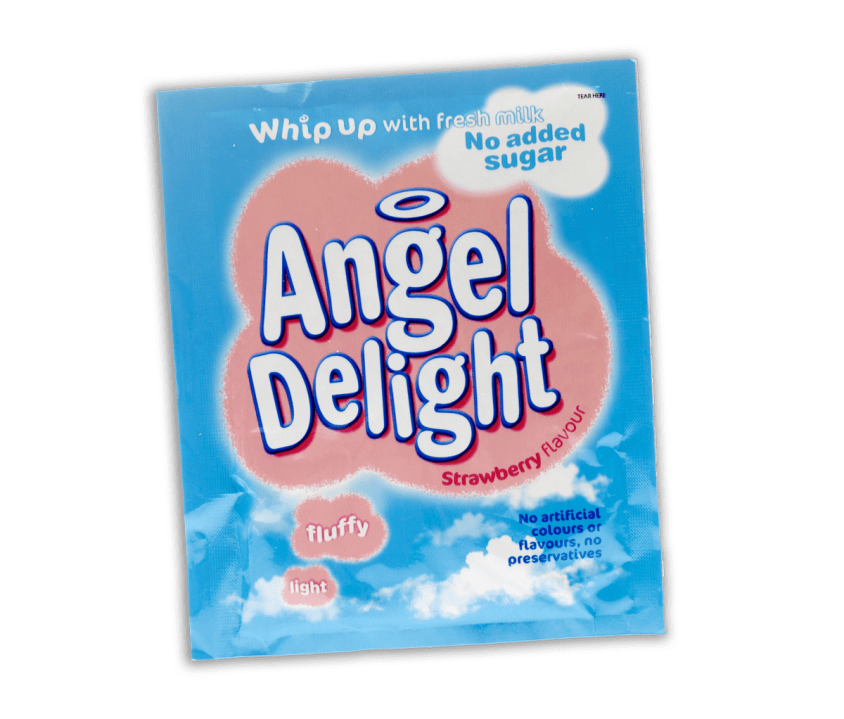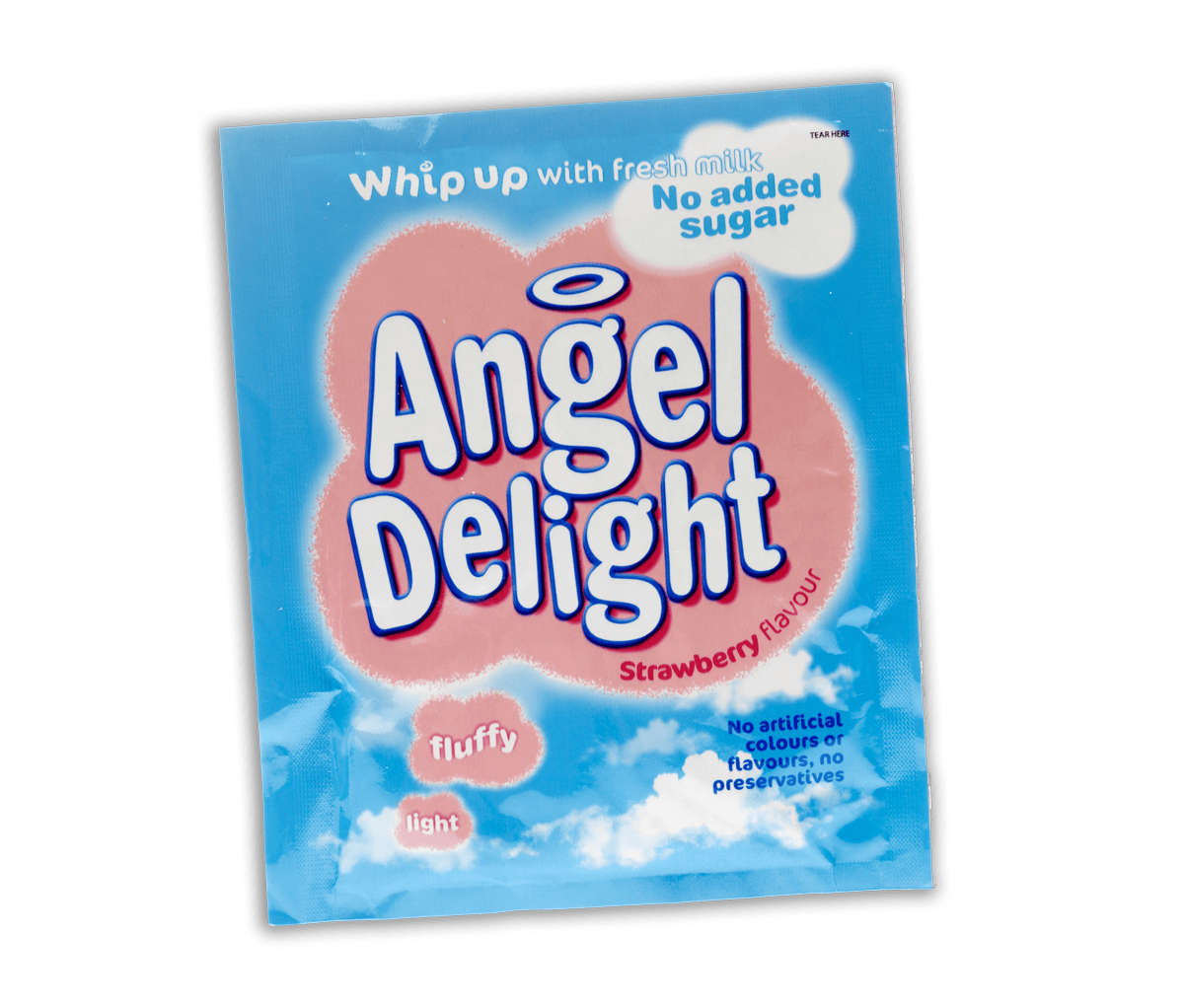
Andrew Watts has narrated this article for you to listen to.
I once heard an American complain that, being married to an Englishwoman, he was regularly baffled by the contents of his kitchen cupboards – salad cream, Ambrosia custard and Robinsons barley water. It was ‘like industrial processed food but from the Shire’.
It is probably this quality of baffling foreigners that allegedly enabled drug runners to use sachets of Angel Delight – the ultimate English ultra-processed food, surely to be found on many a table in Hobbiton, if only for second dinner – to smuggle cocaine into Indonesia. What could be more natural than an Englishman carrying real artificial flavours in his luggage so he didn’t have to make do with nasi goreng and chicken satay? (When I went to Japan for a year, my luggage was filled with proper tea bags.) The Balinese police have, however, got wise to their MO, and three Britons have appeared in court charged with drug smuggling, for which they could face execution by firing squad if found guilty.
Angel Delight was invented in 1967 in the research department of Bird’s in Banbury – right in the heart of the Shire. The market research showed that there was a demand for a bland, creamy-textured instant pudding; and, of course, the dessert company bosses didn’t get where they are today without knowing a good thing when they see one. It hit sales of £2 million in the first year.
I’d be lying if I said that it tastes as good as I remember it; but whenever I eat Angel Delight I am taken back to my childhood in the 1970s. It’s not the flavour in itself – back then, Bird’s experimented with blackcurrant, peach and coffee-and-walnut flavours, which have rightly been consigned to the memory hole – so much as the memory of a midweek treat. No one ever planned to have Angel Delight, so there was never any burden of expectation on it; and we would often be ‘allowed’ to make it ourselves, which made it taste even sweeter than an Arctic roll from the freezer compartment. Attempts to add to it – I have heard tales of crumbling flakes over the chocolate version, or taking a blowtorch to demerara sugar over butterscotch for Angel Delight brûlée – only take that memory away. (I am not even going to mention the decadence of ready-made pots which I saw in the supermarket last week.)
The chef Kirk Haworth, winner of The Great British Menu, says that it is the combination of all these factors that gives Angel Delight its power: from the colour and the ‘mainstream’ flavours to its being ‘very attractive textually on the palate’, along with the fact that you don’t need to be a chef to make it. And, he says, everyone comes back to the first flavours that entered their palate. Last year, as part of a project to reinvent nostalgic classics, his evolution of Angel Delight was as a drink: ‘We aerated the flavours, and then we made the colours with desiccated coconut; it was playful and inner-childish but super light and fluffy, when we put gas into the mixture, almost like air.’
Kirk runs Plates London, a Michelin-starred restaurant in Old Street, with his sister Keeley. He has no children, but his sister does; has he introduced them to the delights of Delight?
He pauses. ‘No.’








Comments